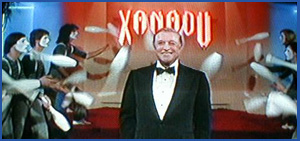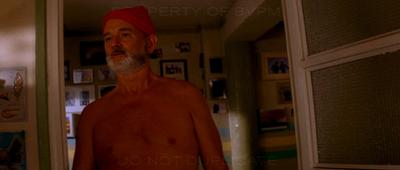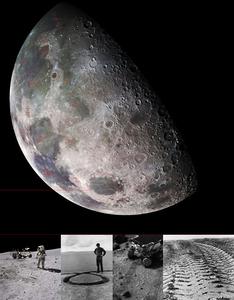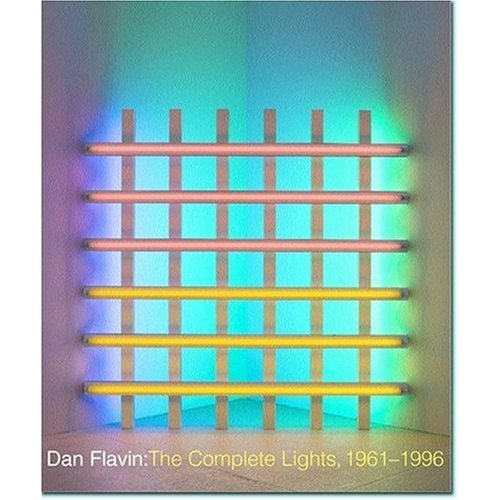![]()
Issue of 2005-02-07
Posted 2004-01-31
THE TALK OF THE TOWN
COMMENT/ HOMELAND INSECURITY/ William Finnegan on whatís missing at the mammoth government agency.
DEPT. OF PREDICTION/ THREE TO FIVE/ Ben McGrath on how long it takes to fix a subway line.
HAPPY RETURNS/ KOONS AT FIFTY/ Calvin Tomkins at a birthday party for the boy king of the art world.
HOMECOMING DEPT./ FOLLOW THAT CAB/ John Lahr on why ìTaxicab Confessionsî came back to New York.
POSTSCRIPT/ JOHNNY CARSON/ Nancy Franklin says good night to the late comedian.
LETTER FROM THE INDIAN OCEAN/ Dan Baum/ Mission to Sumatra/ A Marine landing in a devastated region.
SHOUTS & MURMURS/ Paul Rudnick/ Prince Harry: The Royal Excerpts
POSTSCRIPT/ Paul Goldberger/ Philip Johnson
FICTION/ John Updike/ "The Roads of Home"
THE CRITICS
A CRITIC AT LARGE/ Louis Menand/ Gross Points/ Is the blockbuster the end of cinema?
BOOKS/ Briefly Noted/ Prep, by Curtis Sittenfeld; Voices of Italian America, by Martino Marazzi; Pol Pot, by Philip Short; Maharanis, by Lucy Moore.
THE ART WORLD/ Peter Schjeldahl/ Rubenessence/ The making of a successful style.
THE CURRENT CINEMA/ Anthony Lane/ Guilt and Innocents/ "Nobody Knows" and "Turtles Can Fly."
POP MUSIC/ Sasha Frere-Jones/ New Morning/ Indie rock's reigning poet-prince.
FROM THE ARCHIVES
THE TALK OF THE TOWN/ Social Notes/ Paul Goldberger writes about architect Philip Johnson's return to The Four Seasons restaurant--which he designed--after recovering from heart surgery./ Issue of 1997-10-13
PROFILES/ Forms Under Light/ Calvin Tomkins/ a profile of architect Philip Johnson/ Issue of 1977-05-23

 After the initial surge of self-righteous outrage-alin subsided in my veins, I decided that this British VW commercial that re-animates Gene Kelly in order to have him Breakdance In The Rain is, in fact, a rather brilliant tribute and an awesome piece of work.
After the initial surge of self-righteous outrage-alin subsided in my veins, I decided that this British VW commercial that re-animates Gene Kelly in order to have him Breakdance In The Rain is, in fact, a rather brilliant tribute and an awesome piece of work.  Who knows, the people I designate--and the types of people they're replaced with; I wouldn't want my committee to ossify or to get hijacked/blockaded by any one generation--might even make better career choices for me after I'm dead than I make while I'm still here. After all, Gene Kelly's last dancing movie was the hapless Olivia Newton-John rollerdisco musical,
Who knows, the people I designate--and the types of people they're replaced with; I wouldn't want my committee to ossify or to get hijacked/blockaded by any one generation--might even make better career choices for me after I'm dead than I make while I'm still here. After all, Gene Kelly's last dancing movie was the hapless Olivia Newton-John rollerdisco musical, 















